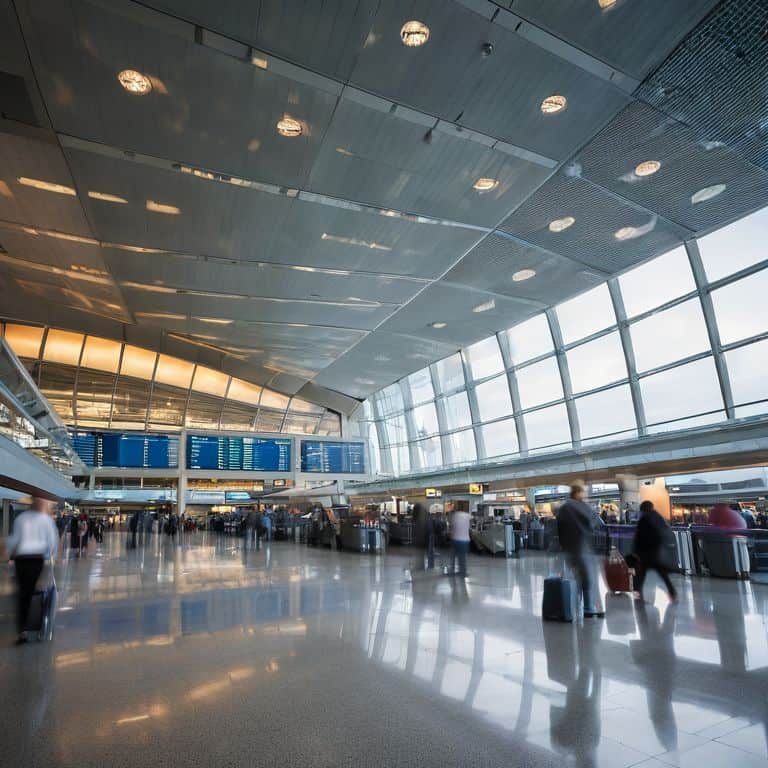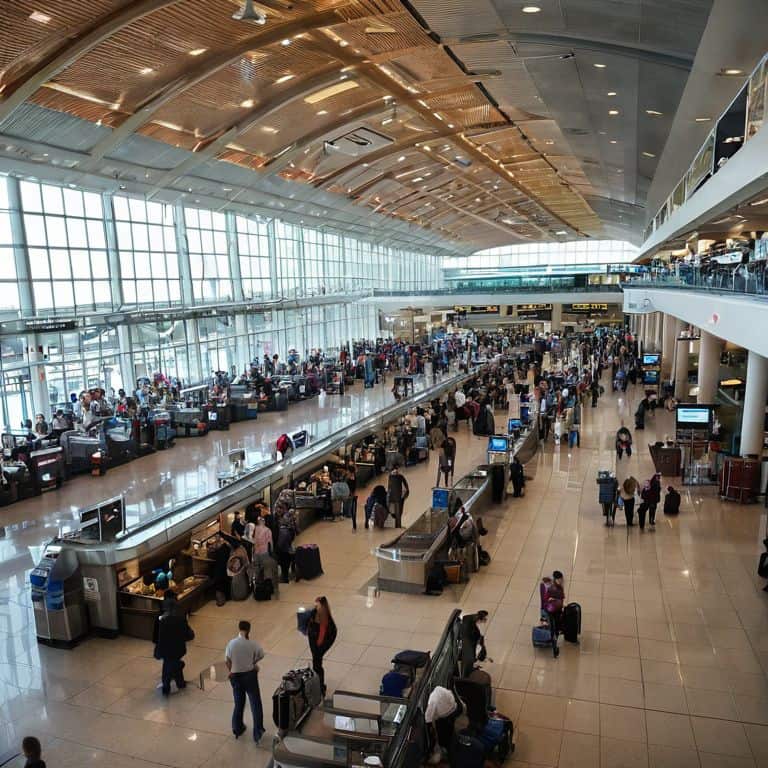As I sit in my office, surrounded by vintage airline memorabilia and the soft hum of my computer running complex financial models, I often find myself pondering the question: what happens to a privatized airport? The answer, much like the aviation industry itself, is not as straightforward as many would have you believe. I’ve spent years analyzing the balance sheets and market trends of airports around the world, and I can tell you that the privatization of an airport is a multifaceted issue that requires a nuanced understanding of the industry. The common myth that privatization automatically leads to increased efficiency and lower costs is, in my experience, an oversimplification of the complex factors at play.
My goal in this article is to provide you with a clear-eyed, data-driven view of what happens to a privatized airport, stripping away the hype and speculation that often surrounds this topic. I’ll be drawing on my decade of experience as a financial analyst for a major aerospace manufacturer, as well as my current work managing a private fund focused on aviation stocks. By the end of this article, you’ll have a deeper understanding of the financial implications and industry trends that come into play when an airport is privatized, and you’ll be better equipped to make informed decisions about your investments in the aviation sector.
Table of Contents
Privatized Airports Unveiled
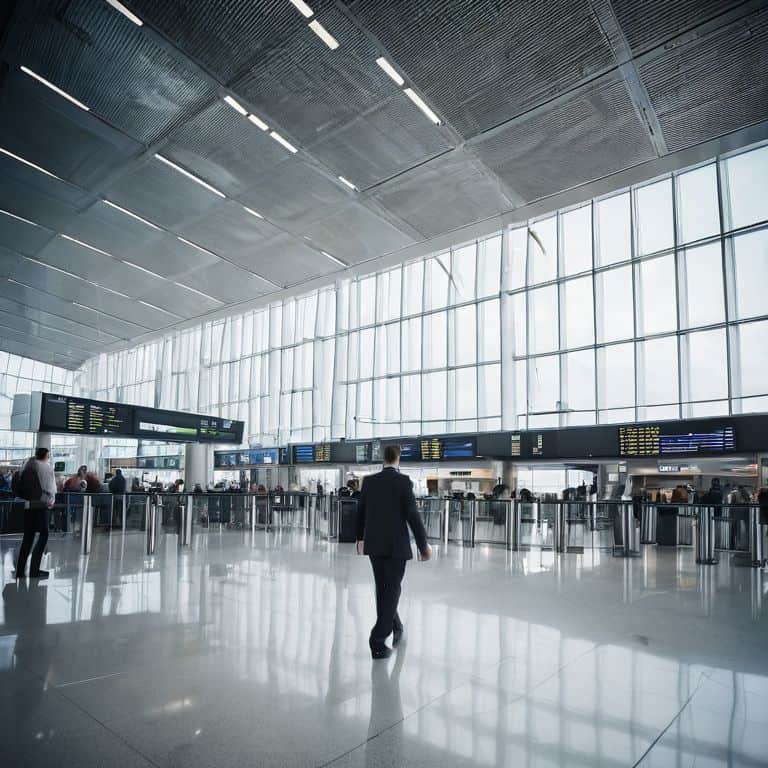
As I delve into the world of privatized airports, I notice a significant shift in airport privatization models. These models can vary greatly, from full privatization to public-private partnerships, each with its own set of implications for airport operations. The effects of privatization on airport security are also a key consideration, as private airport management companies may have different protocols in place compared to their public counterparts.
In comparing public and private airport operations, it becomes clear that privatization can lead to increased efficiency and investment in infrastructure. Private airport management companies often have more flexibility to make decisions and allocate resources, which can result in improved services and amenities for passengers. However, this also raises questions about regulatory frameworks for airport privatization, and how they can ensure that private interests align with public needs.
The impact of privatization on airport infrastructure development is another crucial aspect to consider. With private investment, airports may be able to undertake more ambitious development projects, such as expanding terminals or upgrading runways. This can have a significant impact on the airport’s ability to handle increasing passenger traffic and cargo volumes, ultimately driving economic growth in the surrounding region. By examining these factors, investors and industry stakeholders can gain a deeper understanding of the complex dynamics at play in privatized airports.
Airport Privatization Models Compared
When examining airport privatization, it’s essential to consider the various models employed. Concession agreements, for instance, have been successfully implemented in several countries, allowing private companies to manage and operate airports while the government retains ownership.
In comparing these models, long-term leases emerge as a popular choice, offering a balance between private investment and public oversight. This approach enables airports to benefit from private sector expertise while maintaining a level of regulatory control.
Effects on Security and Infrastructure
As I delve into the specifics of privatized airports, I notice a significant impact on security protocols. The shift from public to private management can lead to variations in security measures, as private entities may prioritize efficiency and cost-cutting over traditional security standards.
The infrastructure upgrades that often accompany privatization can be a double-edged sword. While they may improve the overall travel experience, they can also lead to increased costs and potential disruptions to airport operations.
What Happens to a Privatized Airport
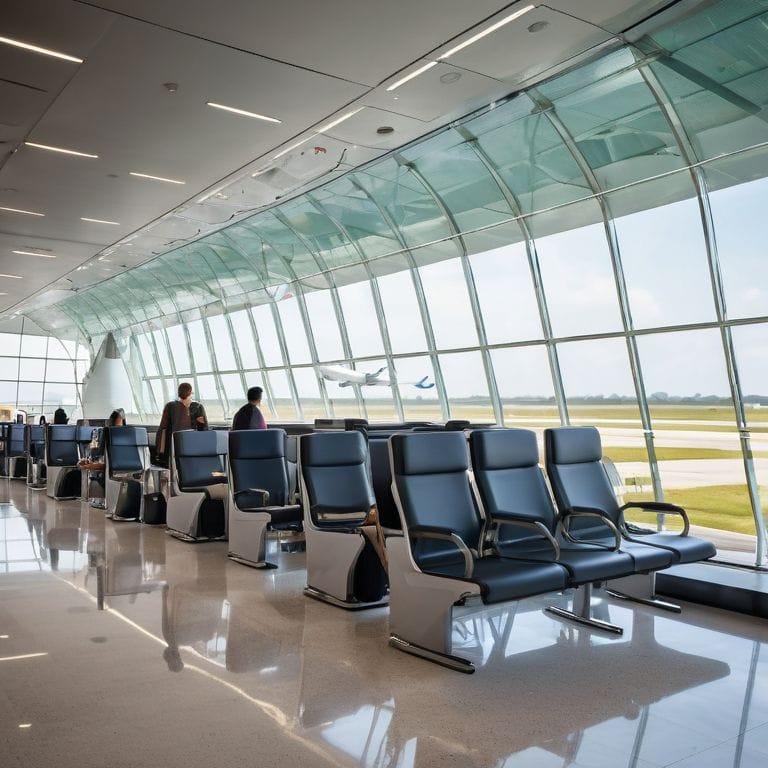
As I delve into the world of airport privatization, I’ve noticed that private airport management companies play a crucial role in shaping the future of these assets. When an airport is privatized, its operations and management are handed over to a private entity, which can lead to significant changes in the way the airport is run. For instance, private companies may prioritize efficient operations and cost-cutting measures to maximize profits, which can result in improved services and facilities for passengers.
The effects of privatization on airport security are also worth examining. While some may argue that privatization could compromise security, I believe that private companies can bring in specialized expertise and cutting-edge technology to enhance security measures. Moreover, private airport management companies are often subject to stringent regulatory frameworks, which ensure that they adhere to strict security standards.
In comparison to public airport operations, privatized airports often exhibit different management structures and revenue models. Private companies may focus on generating revenue through non-aeronautical activities, such as retail and advertising, which can lead to a more diversified revenue stream. As an investor, it’s essential to understand these dynamics and how they can impact the overall financial performance of the airport.
Private Management Companies Takeover
When private management companies take over a privatized airport, I see a significant shift in operational efficiency. This is because private companies are driven by the need to increase revenue and reduce costs, which can lead to more streamlined processes and better resource allocation.
The takeover process typically involves a comprehensive overhaul of the airport’s management structure, with the private company bringing in its own team to oversee daily operations. This can result in improved customer service, enhanced security measures, and more effective maintenance schedules, all of which contribute to a better overall experience for passengers and airlines alike.
Regulatory Frameworks and Operational Shifts
As I delve into the regulatory frameworks surrounding privatized airports, I notice a significant shift in compliance requirements. This change can impact the airport’s ability to operate efficiently, and it’s crucial for investors to understand these nuances.
The operational flexibility gained through privatization can be a double-edged sword, offering benefits like streamlined management but also introducing risks associated with reduced regulatory oversight.
Navigating the Runway: 5 Key Considerations for Privatized Airports
- Assess the Impact on Airport Fees: As a privatized airport, management may increase fees for airlines, passengers, or other stakeholders to maximize revenue, which can have a ripple effect on the entire aviation ecosystem
- Evaluate the Role of Private Management Companies: Understanding the business model and priorities of the private management company is crucial, as their goals may not always align with those of the airport’s previous public management
- Consider the Effects on Security and Infrastructure: Privatization can lead to changes in security protocols and infrastructure investments, which may either enhance or compromise the airport’s overall safety and efficiency
- Monitor Regulatory Frameworks and Compliance: Privatized airports must still adhere to strict regulatory standards, and investors should be aware of the potential risks and challenges associated with ensuring compliance
- Analyze the Potential for Increased Efficiency and Investment: Privatization can bring in fresh capital and management expertise, potentially leading to improved operational efficiency, modernization of facilities, and enhanced passenger experience
Key Takeaways: Navigating the Complexities of Airport Privatization
Airport privatization can significantly impact operational efficiency and security, with private management companies often bringing in specialized expertise to streamline processes and enhance passenger experience
Regulatory frameworks play a crucial role in shaping the outcomes of airport privatization, influencing everything from infrastructure development to pricing strategies, and must be carefully considered by investors and policymakers alike
The long-term financial health of a privatized airport is closely tied to its ability to balance revenue growth with strategic investments in modernization and customer satisfaction, making data-driven decision making essential for success in this high-stakes sector
Insight into Privatized Airports
When an airport sheds its public skin, it’s not just a change in ownership – it’s a fundamental shift in how every dollar is allocated, every flight is scheduled, and every passenger is valued, all under the microscope of profitability.
Edward Finch
Unlocking the Future of Aviation
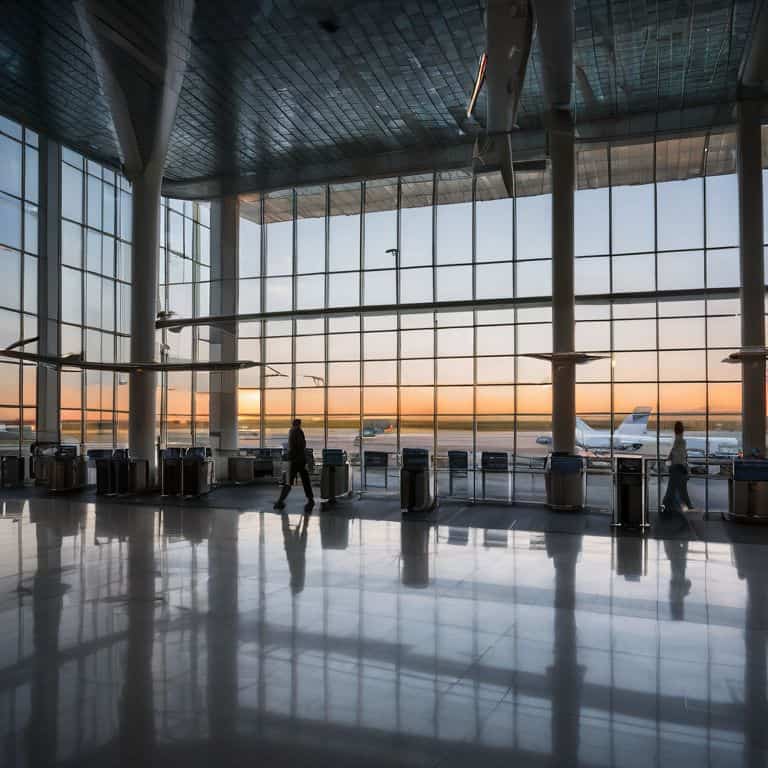
As we’ve navigated the complex landscape of airport privatization, it’s clear that the financial implications are far-reaching. From the various privatization models compared in our analysis, to the effects on security and infrastructure, each aspect plays a critical role in shaping the future of these multibillion-dollar assets. The takeover by private management companies and the subsequent regulatory frameworks and operational shifts all contribute to a _delicate balance_ between efficiency, profitability, and public interest. Understanding these dynamics is essential for investors, policymakers, and industry stakeholders alike.
As we look to the horizon, it’s evident that the aviation sector will continue to evolve, driven by factors such as _technological innovation_ and sustainable development. The privatization of airports is not just a financial transaction; it’s a strategic move that can _reshape the industry_ and unlock new opportunities for growth, efficiency, and connectivity. As an investor and analyst, I’m excited to see how these developments will unfold, and I’m committed to providing insights that help navigate this complex, ever-changing landscape.
Frequently Asked Questions
How do changes in ownership and management structure impact the daily operations and customer experience of a privatized airport?
As I’ve seen in my analysis of privatized airports, a shift in ownership and management can significantly impact daily operations and customer experience. New private management companies often bring in fresh capital, streamlining processes and upgrading infrastructure, which can lead to improved efficiency and enhanced passenger amenities, ultimately changing the face of air travel for millions.
What role do government regulations and oversight bodies play in ensuring public interest and safety at privatized airports?
Government regulations and oversight bodies play a crucial role in privatized airports, ensuring public interest and safety. As an analyst, I track how regulatory frameworks, such as those set by the FAA, influence operational shifts and investment decisions, ultimately impacting the bottom line of these multibillion-dollar assets.
Can privatization lead to increased efficiency and reduced costs for airlines and passengers, and if so, how are these savings typically passed on?
In my analysis, privatization can indeed boost efficiency and cut costs, benefiting both airlines and passengers. Typically, these savings are passed on through reduced landing fees, lower fuel prices, and improved terminal operations, ultimately enhancing the overall travel experience and airline profitability.
